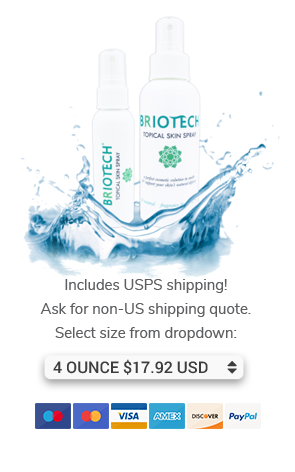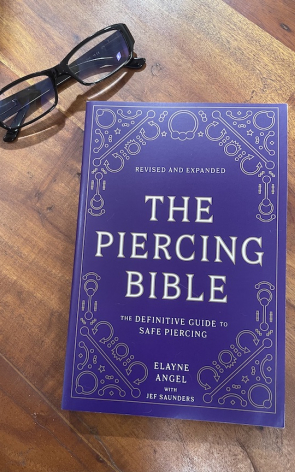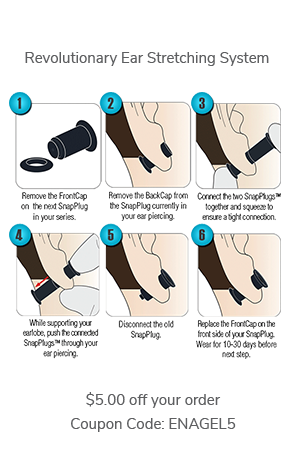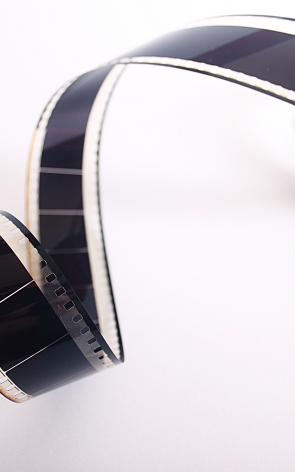This answers the common questions: how quickly will a piercing close, and will it close completely?
Greetings, and thanks for your time in advance. I have had a VCH for about 2 years now, and my current connection has asked me to remove my piercing. I have had the original jewelry in all this time, never once removed. How long will it take (generally) to close up completely? Or does it only shrink? What kind of time frame should I expect? Thanks!
Hi Joy, Thanks for your email. The following section from my forthcoming book addresses your question:
Will It Close? Depending on the size, age, and location of a healed piercing, along with the course of stretching, if any, it may not seal up completely. Most holes contract fairly rapidly and can continue to shrink over time. Over the ensuing weeks, the area will stabilize and the channel is apt to remain in whatever state it has achieved within a month or two--smaller, or fully closed. It is nearly impossible for a foreign body to accidentally enter an average abandoned piercing channel after the jewelry is out and the tissue has shrunk. You will not have an opening into your body if the piercing was fully healed before removal. A healed piercing has formed a tube (fistula); it is sealed off from the rest of your body. If you abandon a piercing before healing concludes, the cells of your body continue to grow together and seal the wound up completely. Neither is harmful or dangerous. A fully healed piercing that is abandoned but does not seal up may excrete sebum. A simple test can be used to see if a channel could still be open: squeeze the tissue as if trying to push something out of it. If a thick white secretion of sebum comes from one or both holes, there is a strong possibility the channel is intact. This is not harmful and does not indicate a problem. The area will stabilize and can be ignored if you have no itching, swelling, or inflammation. Should your empty piercing discharge sebum spontaneously, you may wish to periodically assist with expressing it. One method is to squeeze the tissue in an attempt to release the matter from each side. Another is to use a small, clean insertion taper (usually 18 or 16 gauge, depending on how tight the channel shrinks) and run it through periodically to clear out the interior of the hole. The taper should fit snugly but pass through without irritating the tissue. Beyond this annoyance, there is seldom any problem from retired piercings. The only way to be entirely rid of all traces of a previous piercing is by having the residual fistula removed by surgical excision. There is almost never the need to go to that extreme, and, of course, such surgery will leave some scarring of its own. Many regretful piercees who have abandoned their piercings return to me to have their jewelry reinserted or to be repierced. Carefully consider whether you are truly done with a piercing before removing your jewelry. Reinserting jewelry in a piercing that has shrunk can be much more painful than the original piercing--but if a hole is still present and can be stretched, then repiercing is not usually appropriate. If the initial placement was correct, relocating the piercing is undesirable. However, if your piercing closes and leaves you with diminished tissue pliability or excess scar tissue, repiercing the original location might not be possible. Additionally there is potential for complications when piercing near an open channel. See “Repiercing after Loss,” page XX, for details. If you think you might want to put your jewelry back in later, don’t take it out in the first place.




